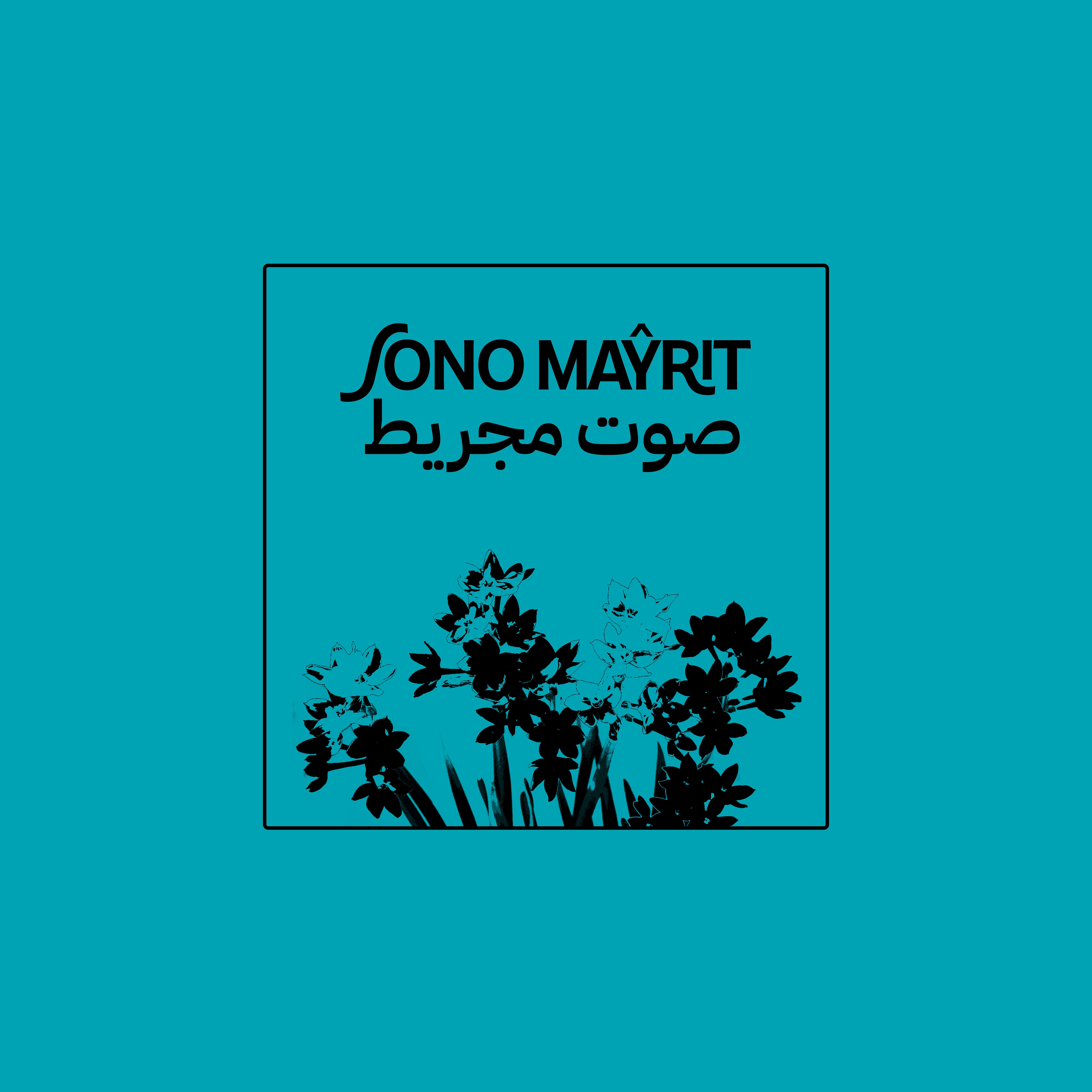New Wave of Chaabi with Disco Atlas
Third episode on synthesizers, drum machines, and the cassette format. This time my friend Disco Atlas prepared a show about the New Wave of Moroccan Chaabi: "Moroccan Chaabi music has deep roots in the cultural and musical traditions of Morocco.
The term "Chaabi" itself translates to "popular" in Arabic, reflecting its connection to the everyday lives of the Moroccan people. Originating in urban centers like Marrakech and Casablanca in the early to mid-20th century, Chaabi music draws inspiration from diverse sources, including Andalusian music, Berber rhythms, and Arab classical music. Instrumentation plays a crucial role in Chaabi music, with instruments like the oud and violin, and percussion instruments contributing to its distinctive sound.
Over time, modern Chaabi has incorporated electric instruments and synthesizers, adding a contemporary edge to the genre. Electric instruments add a dynamic and energetic element to the music, allowing artists to experiment with different tones and textures. Synthesizers, in particular, contribute to a more contemporary and electronic vibe, expanding the sonic palette of Chaabi music.
This fusion of traditional and modern instruments reflects the genre's adaptability to changing musical landscapes. It not only attracts younger audiences but also contributes to the genre's evolution, ensuring its continued relevance in the diverse music scene of Morocco. The blend of old and new instruments in Chaabi music highlights its ability to embrace innovation while staying true to its cultural roots.
The new wave of Chaabi music aims to preserve its roots while globalizing the genre. This involves incorporating new lyrics and rhythms, sparking a revolution in music. This movement has influenced numerous labels and musicians to produce innovative albums, contributing to the significant rise of Chaabi music. In every city, for example, you can find dozens of bands playing Chaabi, each adding new elements to the original instruments."

